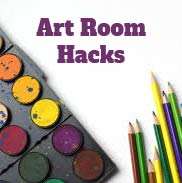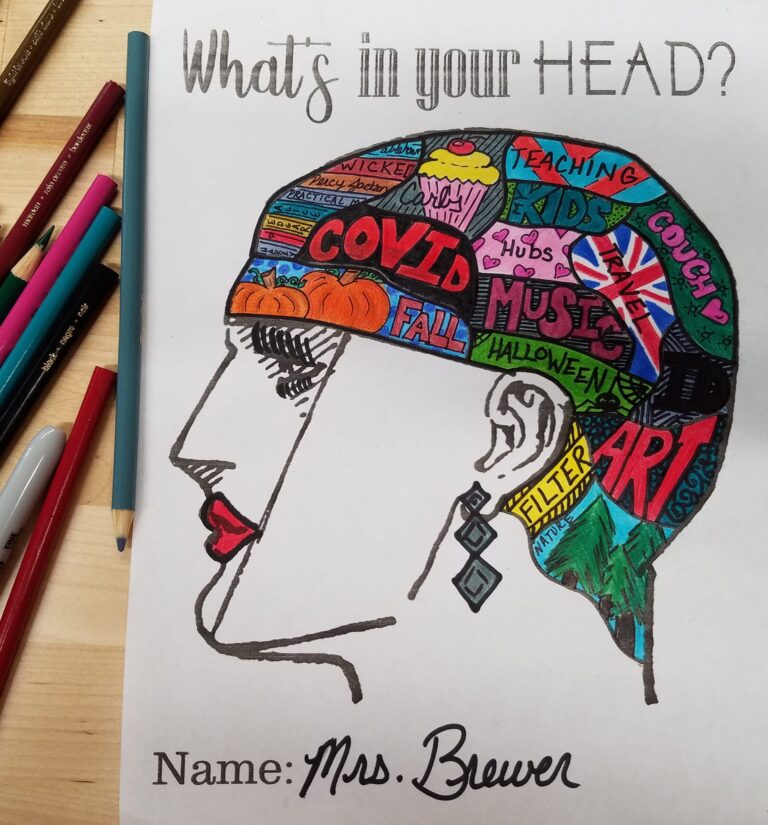Do you look at a class, stuffed to the gills, and feel overwhelmed at the the thought of committing to memory all those names? And i’s not just one class, but many classes? I had a new administrator one year who magically new my name. “He’s one of THOSE people,” I thought. Well, my husband (not in education) had an executive above him who confessed he spent a three hour flight studying names and photographs of the employees so he could walk around the office addressing everyone by name. So, while the executive alluded a calm like a duck gliding across a fountain, the truth is underwater, the duck’s feet were paddling furiously.
I was straight forward with my students and owned my slow process for learning names. Yet, I did pick up a trick o two over the years. Seating charts were my salvation. I would observe class dynamics for a few days and then artfully arrange them for maximum focus. I know I don’t need to explain that to you all! I would tell students the utter importance of sitting in that EXACT seat every day. Not across the table, not in an absent students seat because then they would be marked absent. Those first few weeks I would visit every table while doing attendance and point to the seats and read the names on my seating chart and look at the students in the seats waiting for confirmation that everyone was where they were supposed to be. Another favorite shortcut of mine include portfolios that students labeled with their name, allowing me to glance as I approached them and ask “Jill, I know you needed help with your project.”
Here are tricks and tips and ticks from your fellow art teachers.
1. Table Photos
My favorite, from an old colleague. She takes a photo of the students together at their assigned table while the students held a piece of paper with their names. Quick and visual.
2. Call Roll Every Day
One art teacher recommends calling roll every day and makes eye contact with every student as she goes through the list. She also tries to call them by name when they answer questions to reinforce the name with the face. I know at least one teacher who called roll every day all year as a way to force taking good attendance and prevent any doubt to the accuracy of attendance.
3. Start With a Name Project
Maybe designing a personal logo for their portfolios or one point perspective graffiti. This allows a teacher to see the student’s names every day for several days.
4. Seating Chart With Photo
Use your attendance programs to create a custom seating chart that includes the student’s photo.
5. Table Cards
Another teacher folds index cards in half to make a tent and has students write their first name on both sides. The teacher hands them out daily by calling the name and have students retrieve the name tag to set them at their work area.
6. Play a Name Games
One name game a teacher recommends is “Can You Remember?” Everyone gets in a circle. Choose someone to start. They say “My name is (Adrian) and I like (apples).” Then the next person says the same thing with their name, then repeating the person before. This goes on, with the last person repeating everyone. There are a lot of other name games you can utilize.
7. Get to Know You Questions
Daily attend question that are icebreakers, like favorite snack food, pet name, last book read, etc. It’s a fun way to build community and allows kids who are not usually comfortable answering questions an opportunity to participate.
8. Repetition is Key One teacher shared, “When they enter and leave the room I always greet them by name. It takes me two or three days but I get their names down that way.”
9. All about Me Sheet
Other teachers utilize an “all about me” worksheet. You can have them fill it out, include a photo and collect other helpful information. For example, I always asked them to put down 2-3 favorite musicians or groups to help make a music playlist for studio time.
10. Visual Notes
Take notes of the phonetic pronunciation for student names that are difficult. Add symbols for anything you might need to remember about the student- a peanut for a peanut allergy, an ear for a student with a hearing impairment.




